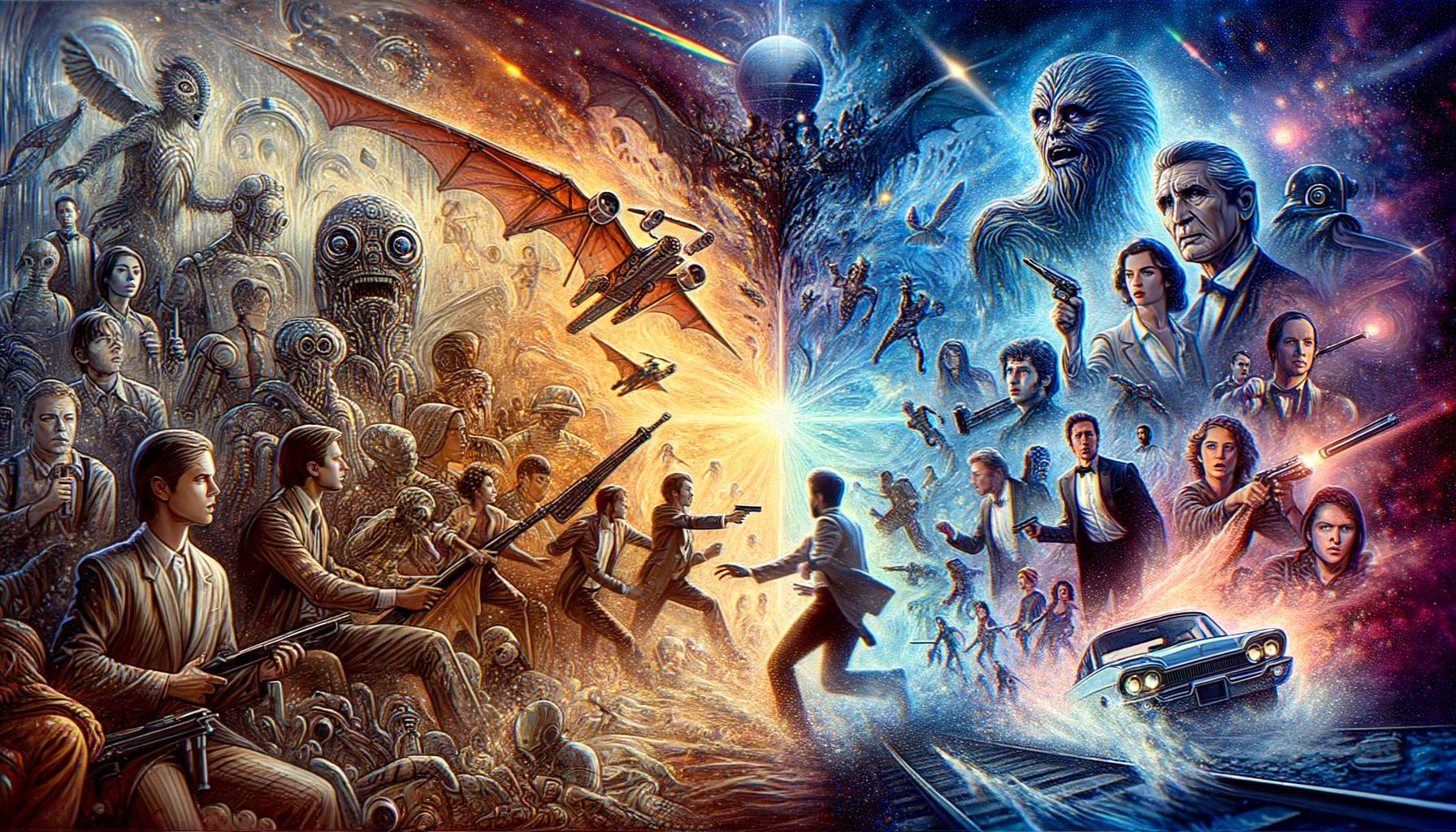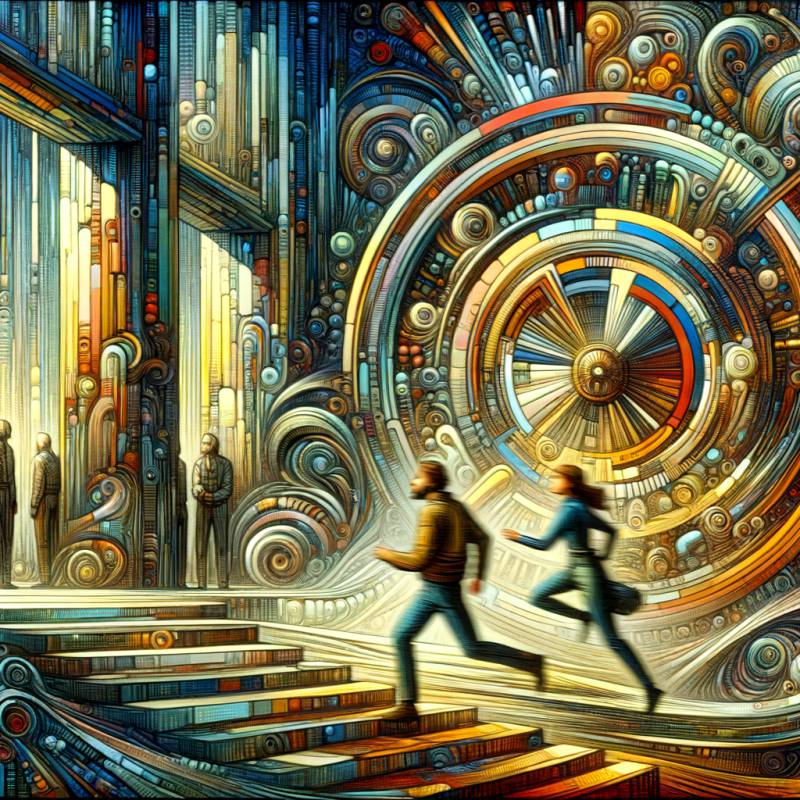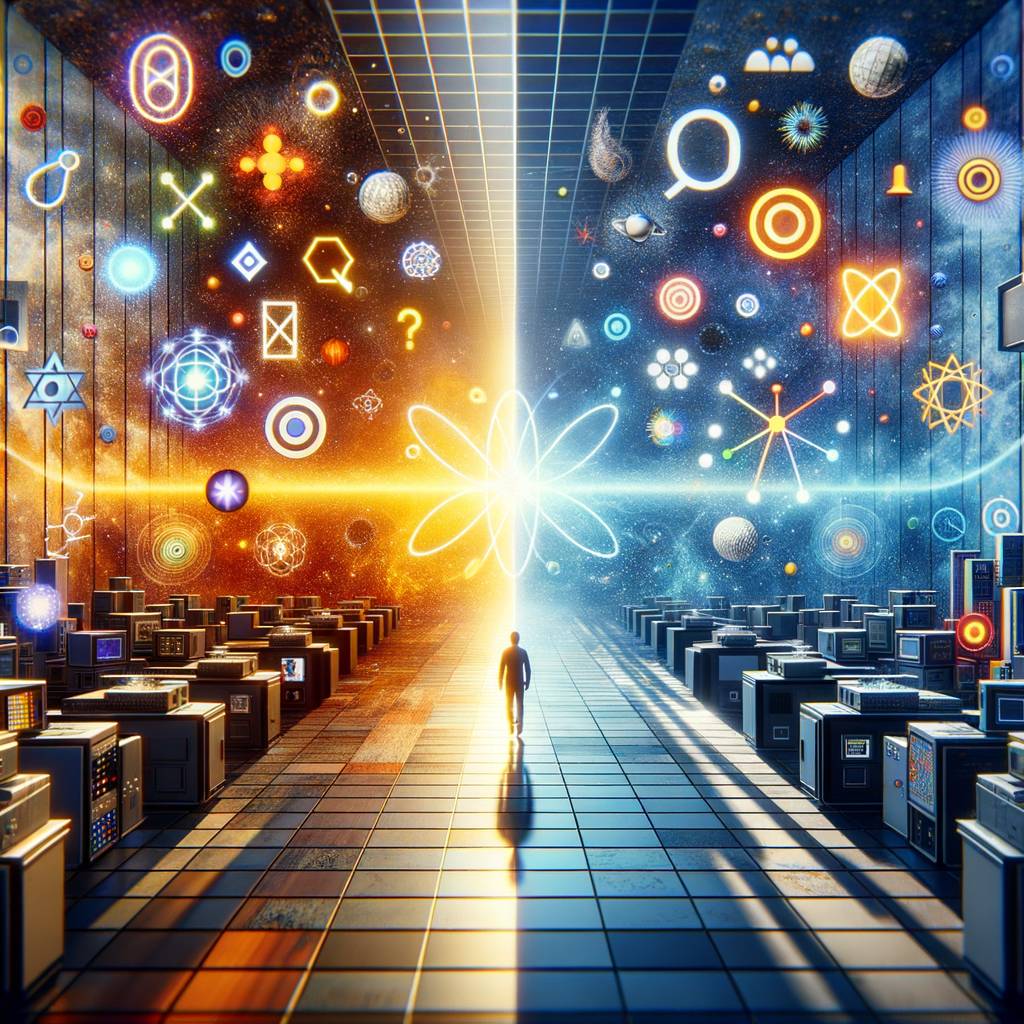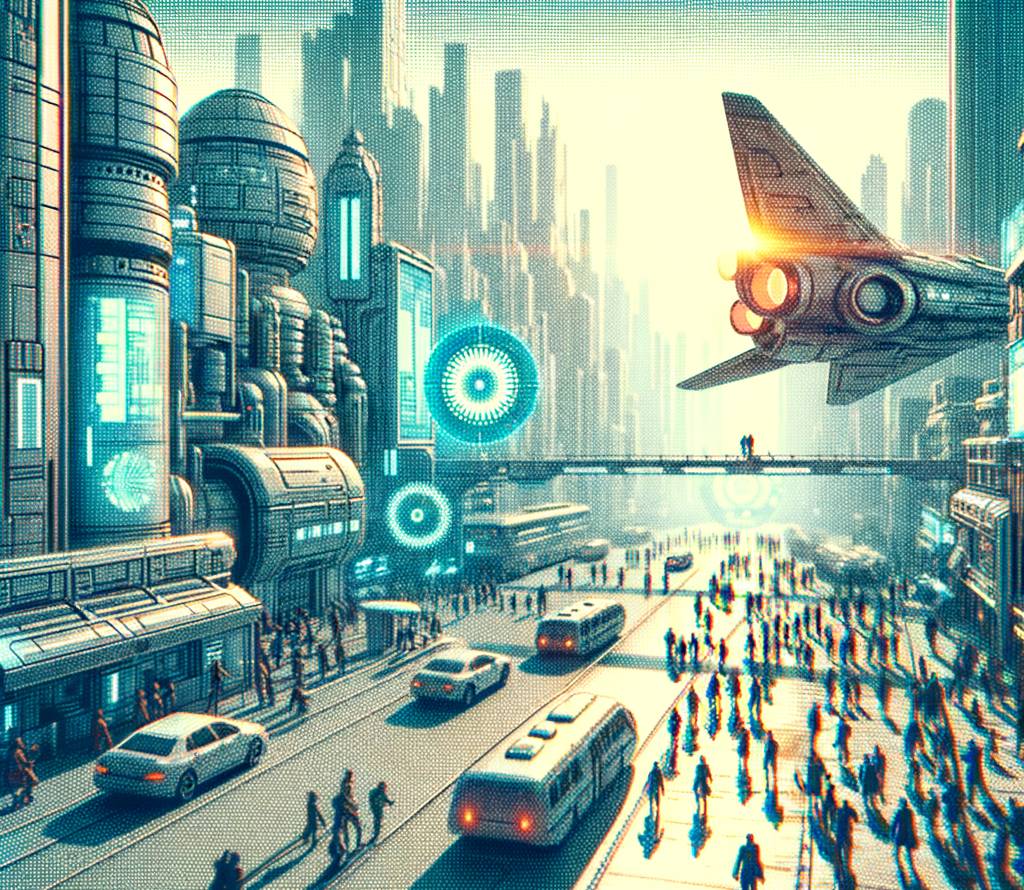Gender Roles in Science Fiction Films: Investigating the Portrayal and Evolution

Science fiction, a genre that has long been a playground for exploring societal norms and challenging the status quo, has a complex relationship with gender roles. From the damsel in distress to the empowered female warrior, the portrayal of gender roles in sci-fi cinema has evolved significantly over the years. This article delves into the evolution and portrayal of gender roles in science fiction films, highlighting key examples and trends.
The Early Years: Stereotypical Portrayals
In the early years of sci-fi cinema, gender roles were often stereotypical and one-dimensional. Women were typically portrayed as damsels in distress, needing to be saved by the male hero. A classic example is the 1958 film “The Fly”, where the female lead is largely passive and helpless, relying on the male characters for rescue.
However, even in these early years, there were exceptions. The 1951 film “The Day the Earth Stood Still” features a strong, independent female lead who plays a crucial role in the plot. This was a significant departure from the norm and hinted at the potential for more diverse gender roles in sci-fi cinema.
The 70s and 80s: The Emergence of Strong Female Characters
The 70s and 80s saw a shift in the portrayal of gender roles in sci-fi films. Strong, independent female characters began to emerge, challenging traditional gender norms. The most iconic example is Ripley from the “Alien” series. As film critic Roger Ebert noted, “Ripley isn’t a sidekick, arm candy, or a damsel to be rescued. Starting with ‘Alien’ (1979), the series has used her sometimes to comment on societal roles and expectations.”¹
The 90s to Present: Increasing Diversity and Complexity
From the 90s onwards, the portrayal of gender roles in sci-fi cinema has become increasingly diverse and complex. Films like “The Matrix” and “Ex Machina” have explored gender in innovative ways, challenging traditional norms and expectations.
In “The Matrix”, for example, the character of Trinity is a skilled hacker and fighter, equal to or surpassing her male counterparts. Meanwhile, “Ex Machina” uses the character of Ava, an artificial intelligence, to explore themes of gender and power dynamics.
Conclusion: The Future of Gender Roles in Sci-Fi Cinema
While significant progress has been made, there is still much work to be done in terms of gender representation in sci-fi cinema. The genre continues to be dominated by male characters and perspectives, and female characters are often sexualized or sidelined.
However, with the increasing recognition of the importance of diversity and representation in media, the future looks promising. As more diverse voices enter the field, we can expect to see even more innovative and nuanced portrayals of gender roles in sci-fi cinema.
As we continue to push the boundaries of science fiction, we also push the boundaries of societal norms and expectations. In doing so, we can use sci-fi cinema as a tool to explore, challenge, and ultimately redefine gender roles.
Footnotes:
¹ Roger Ebert, review of “Alien,” rogerebert.com, May 25, 1979.



